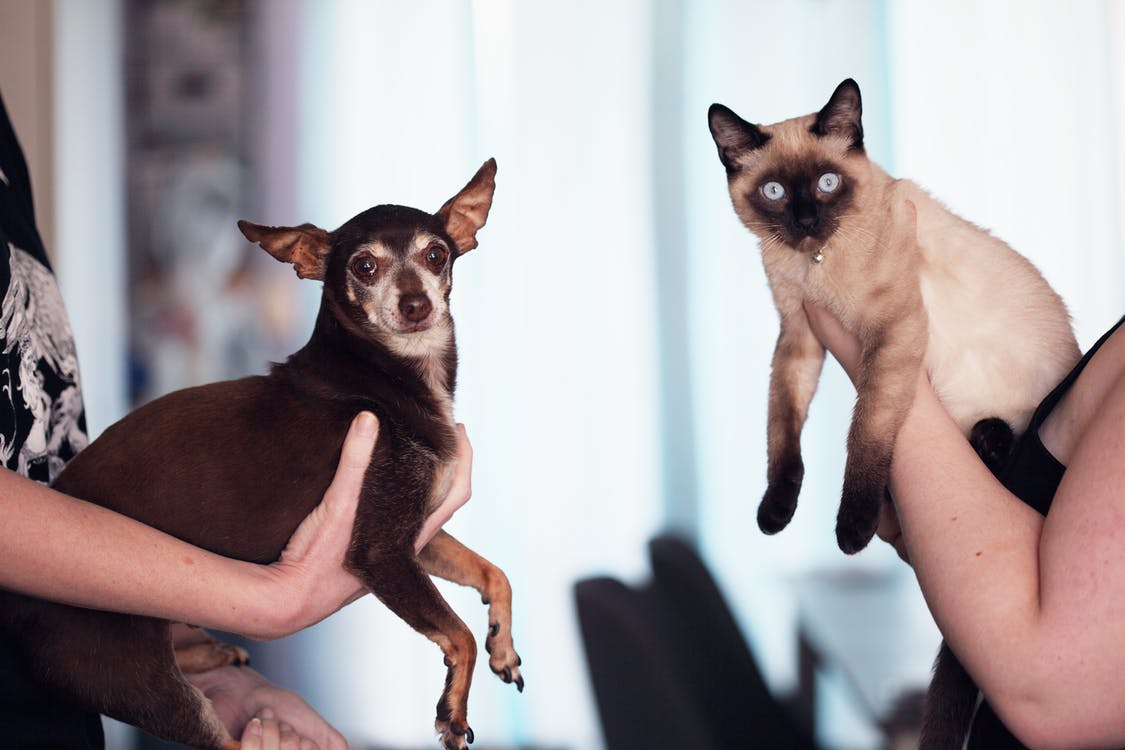Adopting a dog, instead of buying a new one, is an unambiguously kind act. To offer a home to one who has been waiting for one and to rely less on the sometimes exploitative world of dog breeding is a choice worth making.
However, it is worth knowing that adopting a dog can come with extra challenges that sometimes aren’t present for dogs that you get as pups and rear yourself from that point on. Here are a few general tips on how to make sure you’re giving your adopted dog the care that they need.
Making Room In Your Life For An Adopted Dog
Choose a dog that fits your lifestyle
Choosing a dog shouldn’t strictly be about what’s convenient for you. However, you should make sure that you’re able to match the lifestyle of your dog so that you can better meet their needs. Having the satisfaction of a dog that also fits into your life nicely is a good bonus, however.
Try to choose with your head rather than your heart (although it can be difficult when you come face to face with some adorable pooches, that much is certain.) Research what breeds might fit your lifestyle at this link.
You might not find exact fits, but you can at least make sure you’re not mistakenly adopting a dog that you might not be able to accommodate. A German shepherd doesn’t make for a great apartment dog, for instance.
Get to know them before you bring them home
Depending on where you are rehoming them from, it’s likely that the caretakers won’t simply let you adopt a dog on the first time that you meet them. Even if they do, it’s a good idea to give it a little time to make sure that you get on with your potential new family member.
Get to know the dog at the shelter, visit them a few times so that they get used to you, and maybe even become happy to see you. You should also take the time to talk to the caretakers or volunteers about any specific needs that the dog might have, as well.
Prepare the home for them
Most dogs are skittish when you bring them home for the first time. For adopted dogs who have spent years living in a different environment, then that can be even more true. Make sure that you choose an area that’s going to be easier to clean up (since they might forget their house training for the first while), and one that you can easily accommodate to their needs with a bed, keeping any hazards out of reach, and the like.
If you’re planning to crate train your dog, then you should have the crate already at the ready. You don’t want to get them acclimated to a new environment, then change that environment on them.
Give them space if you have other pets
It’s always a good idea to be watchful of whether or not your pets are likely to readily accept the new member of the family. It can take a while for them to gel into a living relationship and you might need to step in occasionally to stop things from getting too tooth-and-nail.
It’s also important to make sure that your new adoptee has a private and safe space they can retreat to that is kept separate from other pets. They need a place to feel safe in and adjust. Aside from crating them off, you can use pet gates to accommodate this need, too.
Make a visit to the vets
Of course, before you bring any dog into your home, it’s vital that you make a trip to the vets to have them give them a full check-over. Hopefully, the caretakers that you adopted them from will have all the records of any vaccinations and past treatments.
The vet can just confirm that all is well and investigate any potential symptoms of health issues to make sure you’re able to give the dog the care that they need. What’s more, it’s a good idea to take any existing pets you might have to the vets and to have them treated for any pests such as fleas, ticks, or lice. You don’t want to risk either animal spreading these unwanted guests to the other.
Accommodate their health needs
The vet and the shelter or previous owner you have adopted from should help you get a more complete picture of your dog’s health history. You may find that there are some chronic issues that you may need to help them accommodate as a result.
For instance, if they have any allergies or sensitivities, then you should make an effort to remove any offending items from the home as best as possible.
You should also pay attention to their diet because there are certain foods that can trigger allergies. Feel free to read this page here to find out what is the best food for dogs with allergies.
Similarly, if they have inflammation problems like arthritis, then you should take care to invest in things like an orthopedic bed to help rest their joints when they lie down. Again, your vet and the previous caretakers may be able to offer tips on how to accommodate your dog’s specific needs.
Training can very much benefit them
You can’t teach an old dog new tricks is a common saying, but adult dogs can be plenty receptive to training. It’s not just for puppies. Not only is training great for addressing things such as separation anxiety and dogs that are prone to being hyperactive, but dogs typically enjoy training a lot, as well.
So long as they’re not dealing with other issues that make them distractable, the training courses available from places like this link give them away to engage their attention on a specific task. Getting involved in their training also helps to build a strong bond between you and them while also teaching them how to be part of your family.
Should you anticipate behavioral issues?
A lot of animals who end up in shelters and other adoptive organizations may have had other owners before you. In fact, there are many who have experienced neglect, malnutrition, and even abuse.
To that end, if your dog has had such experiences, then it is to be expected that there may be some anxiety, even aggression, that can be corrected over the course of their time with you.
Aside from training lessons, slowly allowing them to get used to the home, and being patient with their acclimation can help. Socialization is vital to help these dogs return to forging good relationships with other humans and animals again.
Getting them calmed at night
A lot of adoption dogs will experience separation anxiety at first, even if they’re not particularly prone to it. You don’t want to spend too much time comforting or coddling them if they are having trouble resting at night.
This can create a sense of overreliance and they may expect this behavior in the future and have trouble settling down without it. You can make use of things like stress relief jackets to soothe the initial woes, but most dogs are going to calm down more easily once they have had time to sleep alone and then be reunited with you, their owner, in the morning. They soon learn that just because you leave them for the night, it doesn’t mean that they are being abandoned or anything like that.
Try to make sure that you’re ready for the additional challenges and needs of an adopted dog before you choose to bring one home, not after. The work is worth it to know that you’re giving a home to one who needed it most.


